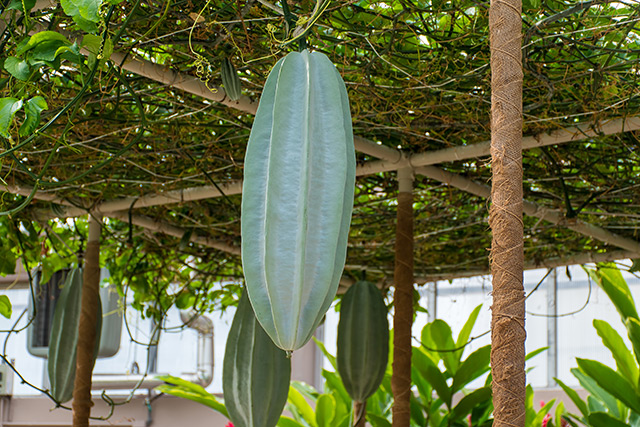Largely ignored, the Himalayan snowberry contains a vast number of healthful nutrients
10/12/2018 / By Ralph Flores

Research shows that a fruit native to the higher and colder regions of the Himalayas has powerful antioxidant and anti-inflammatory properties. The study, published in BMC Complementary and Alternative Medicine, indicates that the Himalayan snowberry (Gaultheria trichophylla) could be used as functional food and alternative medicine, thanks to its nutritional values and bioactive properties.
“The results revealed that this ignored plant has great pharmaceutical and nutraceutical potential,” researchers wrote in their report.
The Himalayan snowberry is a dwarf shrublet that can be found growing on rock and banks in the Himalayas, with some even spotting it at altitudes of nearly 15,000 feet (around 4,500 m). The fruit is characterized by its “striking, sky-blue berries” which are around 3-10 mm in diameter. In traditional medicine in other regions, people have used other species of this genus due to its analgesic and anti-inflammatory activities. An earlier study of the fruit has validated traditional use of the Himalayan snowberry as a treatment for diarrhea and pain.
In the study, researchers obtained extracts from the powder of the Himalayan snowberry and tested it for antioxidant and anti-inflammatory properties. In addition, they also performed a chemical analysis to determine the presence of phenols, flavonoids, and nutrients – as well as heavy metals. The latter was done to ensure to determine the level of contaminants present in the Himalayan snowberry – as these plants can absorb heavy metals from the roots.
“Investigation of such heavy metals is necessary before the adjustment of the final recommended doses of the plant to avoid toxicities,” they explained. “Therefore, there is an urgent need for quick assessment of these heavy metals in medicinal plants to control the level of contaminants in herbal raw materials.”
Using multiple assays, the team found that the methanol extract of the Himalayan snowberry had the highest number of phenols and flavonoids. This was evident during DPPH and FRAP assays, as it showed the highest antioxidant activity among the other extracts derived from the plant. In addition, the researchers found that Himalayan snowberry extracts were able to significantly inhibit the lipoxygenase activity. In particular, 5-lipoxygenase protein enzyme (5-LOX), including its downstream, has been identified as an important modulator of oxidation and inflammation, especially with chronic diseases such as Alzheimer’s disease.
The researchers also found the following minerals in the Himalayan snowberry.
- Magnesium – Improves bone health and calcium absorption.
- Potassium – Regulates blood pressure.
- Calcium – Beneficial to bone development in children, and pregnant and lactating women.
- Iron – Essential for the production of red blood cells.
- Manganese – An important cofactor in many bodily functions.
- Zinc – Boosts immune system function, in moderate amounts.
As for the heavy metal content of the Himalayan snowberry, researchers found that all these were either very low or within defined limits.
From these findings, the researchers concluded that the Himalayan snowberry can be used as an alternative therapeutic agent, thanks to its strong antioxidant and anti-inflammatory properties. In addition, they also found that the berry is packed with important minerals, opening up its potential use as a functional food as well. Unlike other berries that are contaminated with heavy metals, the team concluded that since the Himalayan snowberry grows in areas where there is little exposure to human populations. (Related: Concerned about cancer, inflammation, memory loss or diabetes? ‘Holy Fruit of the Himalayas’ can help.)
Read more about the Himalayan snowberry and its other health benefits at Food.news today.
Sources include:
Tagged Under:



















